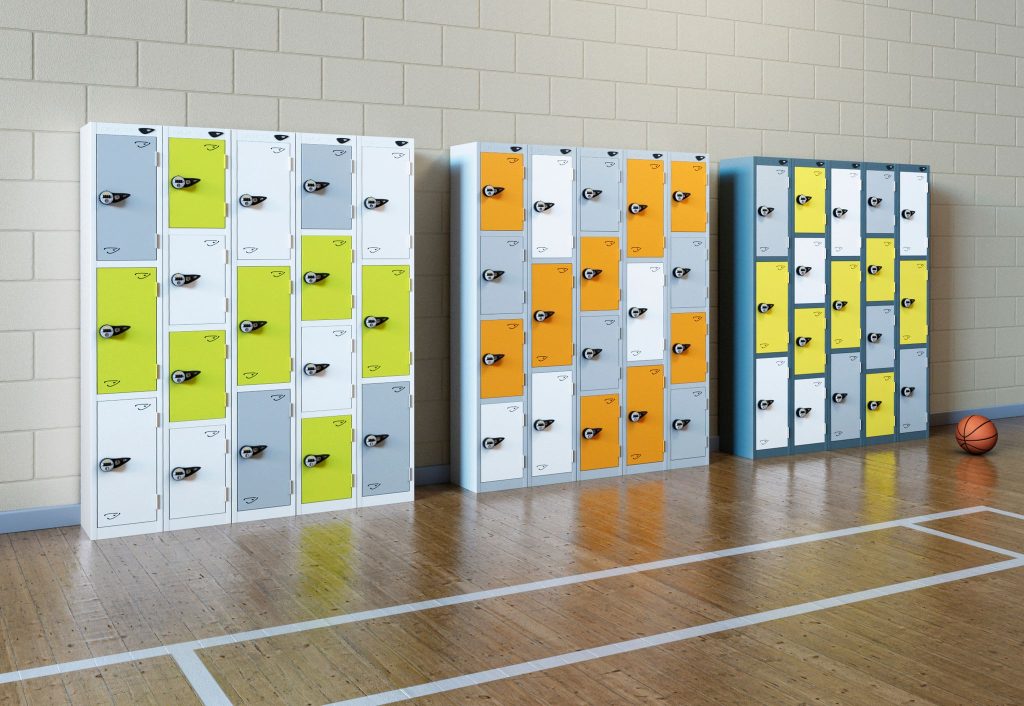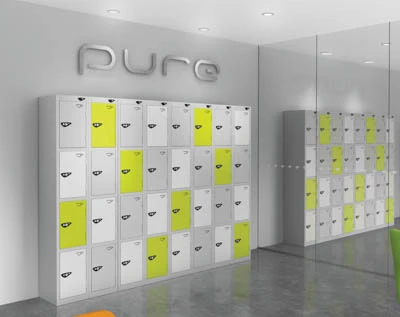Institutions: From Hospitals to Offices

Introduction: Why Storage Solutions Matter More Than Ever
In today’s compliance-driven, hygiene-conscious UK workplace and healthcare environment, secure and hygienic storage UK is no longer an optional investment — it’s an operational and legal necessity.
From a busy NHS ward to a high-security corporate office, and from school corridors to public leisure centres, storage solutions impact:
- Security: Preventing theft and unauthorised access
- Hygiene: Reducing infection risks through easy-to-clean designs
- Compliance: Meeting sector-specific laws and standards
- Efficiency: Allowing staff and users to access equipment or belongings quickly and safely
This guide will walk you through:
- Hospital lockers and healthcare storage
- Workplace locker laws in the UK
- Smart locker technology and high-security applications
- Institutions: From Hospitals to Offices Hygiene and maintenance strategies
- Legal and compliance requirements for healthcare, education, and corporate sectors
- Real-world case studies and decision-making checklists
1. Hospital Storage Standards in the UK
1.1 NHS Storage Requirements & Compliance
Hospitals are unique in that storage choices can directly impact patient outcomes. Under Care Quality Commission (CQC) guidelines, healthcare storage must be:
- Fit for purpose — designed for the specific environment
- Easy to clean — with smooth, non-porous surfaces
- Secure — preventing theft of equipment, PPE, or personal items
- Accessible — to authorised personnel without introducing cross-contamination
Material recommendations: Stainless steel, antimicrobial powder coating, and sealed-edge laminates are preferred.
📌 Read our full hospital lockers guide
1.2 Types of Hospital Lockers
- Staff lockers with ventilation
- Patient bedside lockers with secure access
- PPE lockers for infection control
- Charging lockers for medical devices
- Controlled substance cabinets
1.3 Infection-Control Design Features
- Sloping tops
- Flush hinges
- Sealed edges
- Easy-wipe, non-porous surfaces
2. Legal & Privacy Concerns in UK Workplaces
2.1 Workplace Locker Laws Overview
Secure and hygienic storage UK, UK employers have a duty of care under the Health and Safety at Work Act 1974 to provide safe facilities for staff belongings. Where work uniforms or PPE are issued, separate clean storage is often required.
📌 Read our Workplace Lockers – Law & Best Practice guide
2.2 Balancing Privacy & Security
Locker security must be balanced with employee privacy. Avoid CCTV capturing locker interiors, use clear policies on searches, and consider RFID or smart lockers.
2.3 Common Compliance Pitfalls
- Forcing staff to share lockers without agreements
- Storing hazardous materials in general lockers
- Failing to maintain lock integrity
3. Advanced Locking Technology
3.1 Smart Locker Systems
Smart lockers allow cloud-based or network-connected management. Benefits include remote assignment, ID card integration, audit logs, and contactless operation.
3.2 Biometric & Mobile Access
Biometric authentication — fingerprints, facial recognition, mobile app integration — reduces the risk of lost keys and improves hygiene.
3.3 High-Security Applications
For firearms, high-value tech, or sensitive files, use reinforced steel bodies and multi-point locking. 📌 Read our Gun Storage guide
4. Hygiene and Maintenance Best Practices
4.1 Cleaning Schedules
- Daily: Disinfect high-touch points
- Weekly: Deep clean surfaces
- Quarterly: Inspect for wear and damage
4.2 Material Choice & Longevity
- Stainless steel for healthcare
- Powder-coated steel for durability
- Anti-microbial laminate for offices and education
📌 Read our Wet-Area Lockers guide
4.3 Staff Training
Maintenance relies on trained staff — cleaning protocols, lock use, and damage reporting.
5. Legal Standards & Compliance by Sector
5.1 Healthcare
- CQC compliance
- NHS infection control protocols
- Secure medication storage under Misuse of Drugs Regulations 2001
5.2 Education
- Safeguarding in locker access
- Secure storage for exam materials
5.3 Corporate
- GDPR compliance
- Storage for hybrid work environments
6. Case Studies & Implementation
6.1 NHS PPE Locker Rollout
Midlands NHS Trust cut PPE loss by 40% after introducing segregated lockers, saving £12,000 annually.
6.2 Smart Lockers in Tech Offices
London tech firm reduced lost-key incidents by 90% with Bluetooth-enabled lockers.
6.3 School Locker Rotation
Timed-access smart lockers reduced corridor congestion and improved safety in a secondary school.
7. Choosing the Right Solution
- Sector regulations
- Security vs hygiene priority
- Access frequency
- Integration with ID systems
- Maintenance budget
Conclusion & Call to Action
From hospital lockers to medical cabinets, your storage choices shape safety, compliance, and efficiency.
📞 Contact Safe Security Products today for tailored recommendations.
